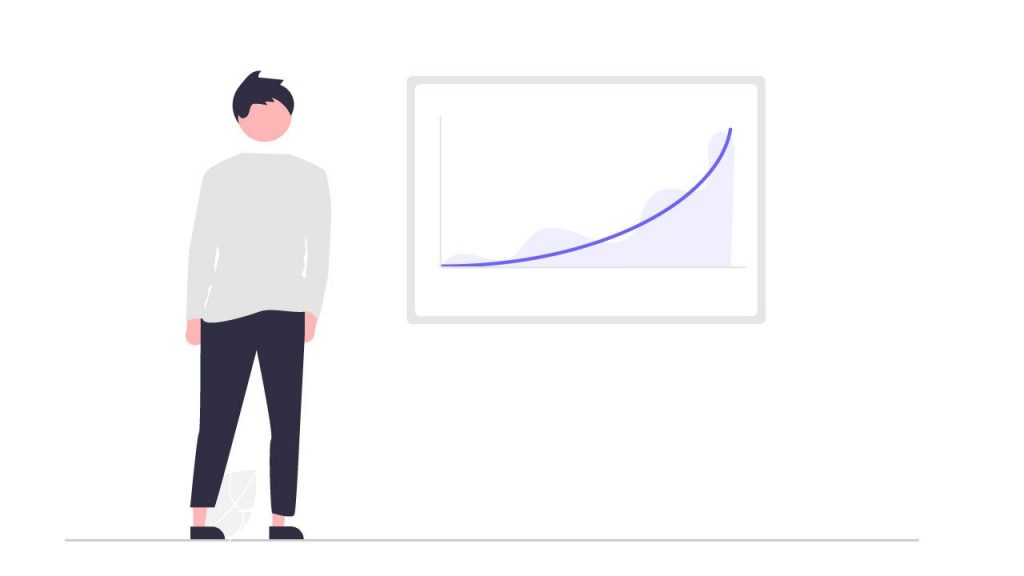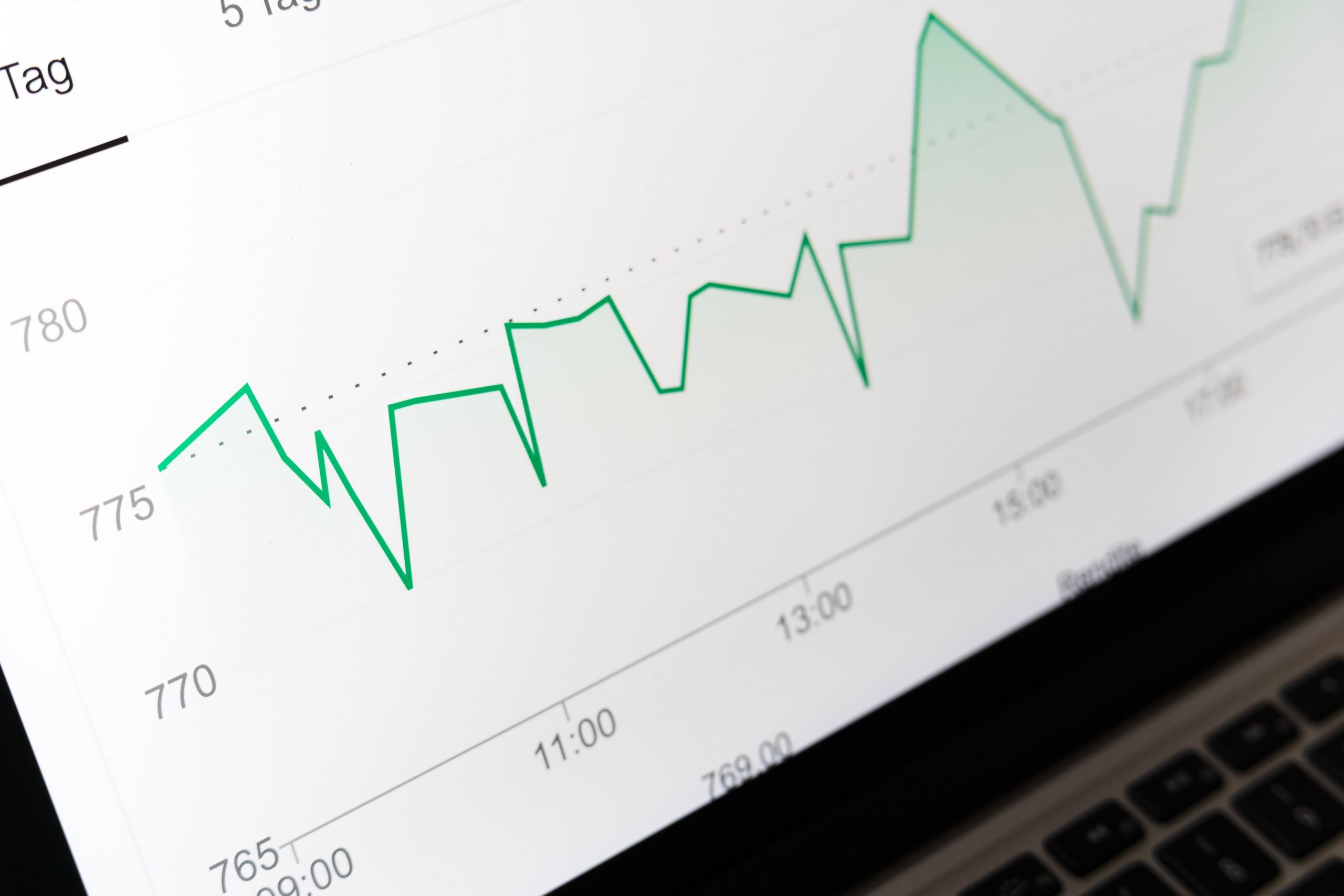Wonder what is a good inventory turnover ratio for your company and whether your company’s current balance is good or bad? We got the answer!

Inventory turnover, often known as stock turnover, measures how many times a specific item is sold over a given period. It is usually computed yearly in accounting, although you may also evaluate it monthly or quarterly.
For most sectors, a reasonable inventory turnover ratio ranges between 5 to 10. This means you sell and replenish every 1-2 months. If inventory turnover is low, it might indicate that product demand is declining. Also, this hints you that there are potential issues with the marketing of the product.
A product or service with a low inventory turnover rate sells slowly and is likely to be overstocked. A low ratio incurs additional expenses as items may become obsolete or damaged. A low ratio can also delay replacing old goods with new ones that may sell better.
In most situations, a higher inventory turnover ratio indicates that your company is performing well. However, consider that an excessively high ratio can be damaging as well.
A very high ratio might indicate that your firm isn’t buying enough goods to keep up with sales. This, in its turn, means you are not making as much income as possible. High product ratios can also lead to frequent stockouts, forcing your clients or consumers to go elsewhere.

Also, keep in mind that your industry’s average inventory turnover ratio is not necessarily a proper inventory turnover ratio for your company. It is also essential to consider the peculiarities that are specific to your company, such as size.
How to calculate the inventory turnover ratio?
The inventory turnover calculator can provide essential data that enhances your business’s pricing and promotional strategies. It will also give you a comprehensive understanding of your company’s inventory management and transactions. To precisely calculate the turnover ratio, you can use the following simple formula:
Cost of Goods Sold (COGS) divided by the year’s average inventory.
For instance, a sneaker shop sells over $400 000 in merchandise each year and has an average of $200 000 in inventory. Dividing sales of $400 000 by inventories of $200,000 equals 2. Therefore the inventory turnover of this company is two, which means that they had to restock their whole inventory twice over the year, indicating that its product sales were profitable.
If you’re not calculating your inventory turnover ratio, you’re probably missing out on important information that can help you make better decisions. Inventory turnover is important as it is a Key Performance Indicator (KPI) that can help you efficiently manage and grow your company. A thorough understanding of inventory levels and turnover rates can also help make better purchasing, marketing, and selling decisions.
Enhance inventory turnover with inventory management software
Now that you know the significance of calculating and defining inventory turnover, it is time to learn how to enhance it.
Make use of a comprehensive inventory management system.
With modern inventory management software like eSwap, you will see all of your inventory on one screen due to the smooth and simple design. One-screen for your all inventory functionality will allow you to
- quickly filter per channel,
- sort products with tags,
- have a quick overview of your inventory by warehouse,
- view the whole stock of all warehouses for each item,
- have import and export functionality for your entire inventory to CSV
- add new stock from eSwap and synchronize it with linked channels
The cutting-edge inventory management of eSwap will also provide you with comprehensive inventory control over your product variants as independent items. It will enable you to have individual variants stock in warehouses, and you will be able to sell variations and receive reports for each product variant separately. The feature will also allow you to estimate shipping and shipment accurately and have several sizes for value.
The platform will allow you to conduct batch tracking much more efficiently, including batch tracking for existing and new products. You will be able to edit the manufactured and expiration dates of the bunch.
eSwap also provides kit tools to help you list products to various stores, import products in bulk, add tags to products and filter them if necessary, link listings across multiple channels, and update and edit products in bulk.
Efficient Restocking
It is vital to consider that seasonal product, one-time items, and fashion trends significantly influence your inventory. Therefore, make sure to base your annual and quarterly forecasts on product particulars. Also, set them for the specific needs of your target demographics. It is also essential to monitor your sales data closely to see which goods are bestsellers and which ones need further improvements.
You may also consider including this data in your fiscal year’s sales plan and budget. With eSwap you will separate archives for seasonal items to help you manage your inventory more effectively. With this feature, you may archive any product by retaining all relevant information such as pricing, inventory, pictures, to name a few, and then again unarchive the product whenever you need it.
Effective Shipping Management
Fast and trustworthy shipping may help an online business increase sales significantly. If clients purchase online and wait weeks for a broken product, they are unlikely to order again. They will most probably provide negative feedback, which might damage future sales by discouraging potential customers.
With eSwap, you will efficiently organize your shipping management and transport your products out quickly and safely. eSwap allows importing all your orders into a single powerful dashboard. It will also enable you to calculate and compare rates to find the most cost-effective delivery provider (FedEx, USPS, UPS, etc.). Moreover, you will be able to control and manage your shipping workflow automatically and save time.
Without further delay, start your journey with eSwap with absolutely no charge. If you need to take advantage of all the features and functionalities of the platform, you can always switch to a premium package with just $79 per month billed annually.







